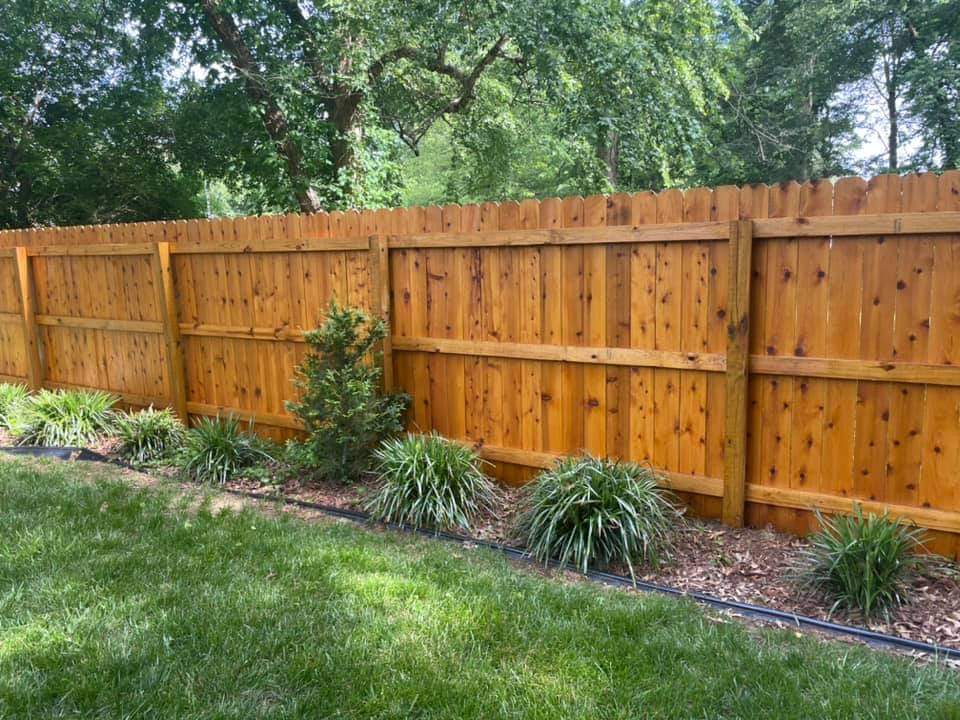Important Tips for Deck Staining Success
Achieving a perfectly discolored deck needs even more than simply a brush and a container of discolor. From picking the appropriate kind of tarnish to mastering the art of application, each phase plays an essential function in the final outcome.
Choosing the Right Stain
Picking the appropriate discolor is vital in attaining a durable and aesthetically pleasing surface for your deck. deck staining near me. When selecting a discolor for your deck, it is vital to take into consideration factors such as the wood kind, desired shade, degree of protection needed, and maintenance choices
To start with, take into consideration the sort of timber your deck is constructed from, as various timber varieties might respond differently to certain types of stains. Woods like oak or mahogany might call for various spots compared to softwoods like yearn or cedar. Comprehending the qualities of the wood will aid you pick a tarnish that passes through properly and improves its natural beauty.
Next, consider the color you want for your deck. Stains come in a variety of tones, from all-natural tones that improve the wood's grain to more opaque shades that give far better UV defense. Select a color that complements your exterior space and matches your visual choices.
Additionally, assess the level of defense the discolor offers. Some discolorations supply a lot more comprehensive protection versus UV rays, wetness, and mold, which can prolong the life of your deck. Balancing defense with appearances is vital to accomplishing a aesthetically attractive and durable coating.
Preparing the Deck Surface
To guarantee a successful application of the selected tarnish, complete preparation of the deck surface is essential. Utilize a deck cleaner or timber brightener along with a stiff-bristled brush to scrub the surface area clean.
Replace or repair these as needed to ensure the structural honesty of the deck. This action not only helps the tarnish adhere better but also enhances the overall look of the deck.
Using the Discoloration Properly

Begin by completely blending the stain to make certain an even uniformity. Make use of a paint stirrer to blend the discolor well, especially if it has actually been resting for a while. When applying the discolor, make use of a sprayer, roller, or paintbrush, depending upon the kind of tarnish and the size of the deck. Operate in convenient areas to avoid the discolor from drying out unevenly. Apply the tarnish towards the wood grain to ensure even insurance coverage and a specialist finish.
Permit the very first layer to dry entirely before determining if a 2nd coat is needed. Adhere to the manufacturer's directions pertaining to drying times and reapplication. Proper application of the discolor is crucial for securing your deck and boosting its appearance for many years to find.
Keeping Your Tarnished Deck
After efficiently applying the stain to your deck, keeping its look and safety qualities is vital for lasting sturdiness and aesthetic charm. Normal upkeep is essential to preserving the elegance and integrity of your discolored deck. To maintain your deck looking its finest, it is recommended to cleanse it a minimum of annually. Use a light detergent and water to get rid of dirt, gunk, and mold that can build up on the surface area. Furthermore, evaluate your deck yearly for any type of indications of wear or damages. Resolving concerns immediately can stop them from getting worse and extend the life of your tarnished deck. Depending upon the foot website traffic and exposure to the components, you might require to reapply a concrete sealing near me fresh layer of discolor every 2-4 years. This will certainly assist keep the color and protective coating of your deck, making certain that it proceeds to boost your outside area for several years ahead.

Troubleshooting Common Issues
Recognizing and addressing usual concerns that might emerge with your discolored deck is vital for ensuring its long life and ideal performance. One usual issue is flaking or peeling off of the discolor.
Another concern typically experienced is mold and mildew and mold growth on the deck surface area. This can be attributed to moisture retention, absence of sunlight, or inappropriate ventilation. To tackle this trouble, a detailed cleaning with a mold and mold remover adhered to by appropriate drying out and application of a mold-resistant discolor is important.
Furthermore, fading of the discolor shade gradually is a prevalent worry. UV exposure and extreme weather can trigger discoloration. To address this, picking a top notch, UV-resistant discolor and using a fresh coat periodically can assist keep the deck's aesthetic allure.

Conclusion
In conclusion, successful deck staining requires choosing the right stain, correctly preparing the deck surface, applying the stain correctly, and maintaining the tarnished deck. By adhering to these essential tips, you can attain a beautifully stained deck that boosts the total look of your outside space. Remember to troubleshoot any kind of usual concerns that might occur during the staining procedure to make certain a durable and aesthetically attractive outcome.
Attaining a faultlessly discolored deck needs more than simply a brush and a canister of discolor.To guarantee a successful application of the chosen stain, thorough prep work of the deck surface is vital. When applying the tarnish, utilize a paintbrush, sprayer, or roller , depending on the type of discolor and the size of the deck.Recognizing and attending to common concerns that may arise with your discolored deck is vital for ensuring its long life and optimal efficiency.In final thought, effective deck staining calls for selecting the right discolor, correctly preparing the deck surface, using the discolor appropriately, and preserving the stained deck.